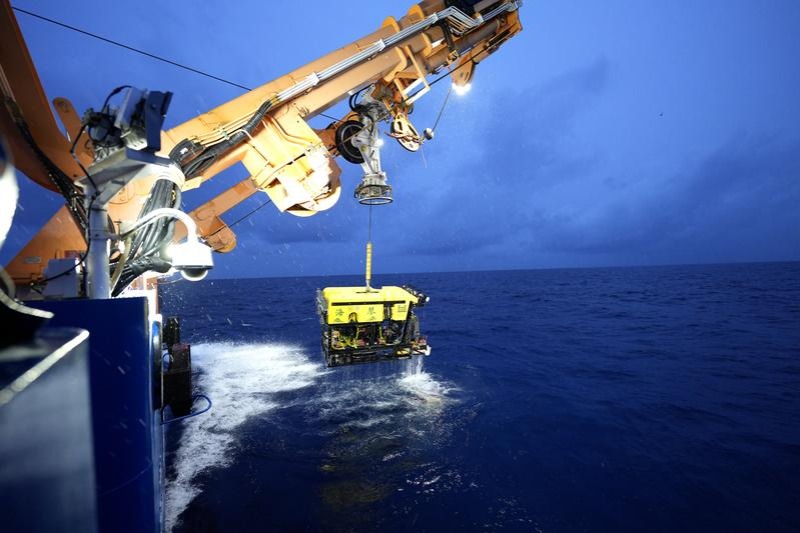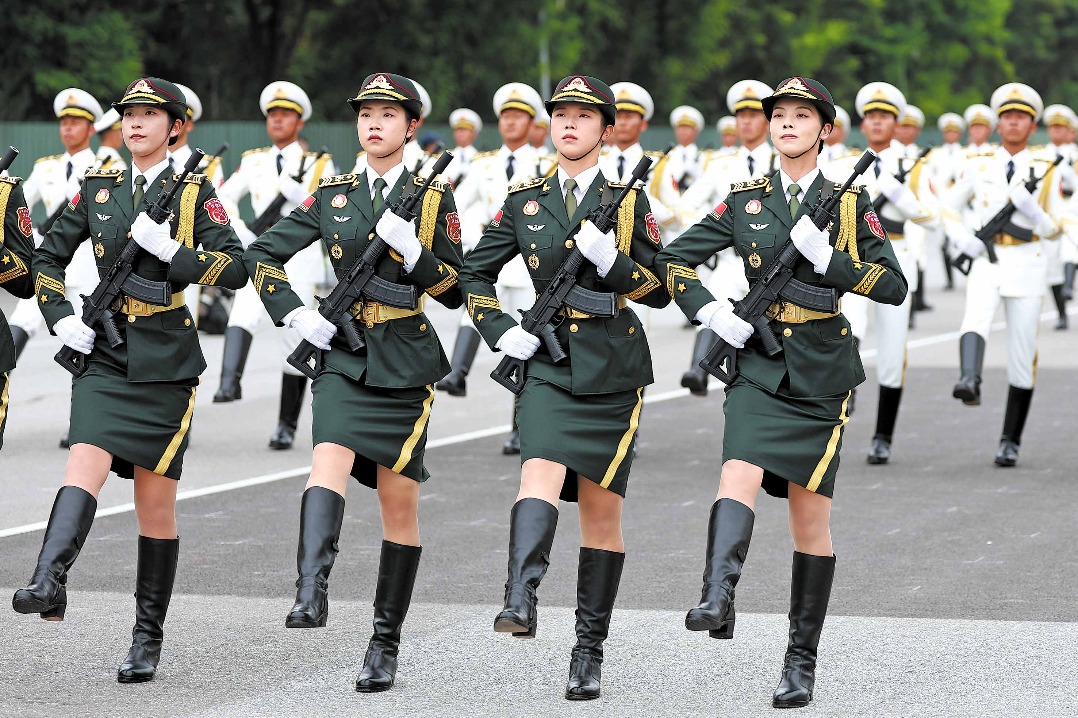Expedition goes deep to safeguard Shuanghe Cave


In the past, most students visiting Shuanghe Cave were primary and middle school students learning about karst formations.
"The expedition involving college students is more sophisticated. Although they are crossover explorers, they absorbed knowledge more quickly and can achieve more," Zhou said.
Li said she was impressed by a poem projected on a rock in the cave that read "I can't tell you all my secrets, as they are still growing".
"As the longest cave in Asia, Shuanghe Cave is among the top in (the world) in terms of length and depth, and has formed a unique environment. But as the cave keeps 'growing', we haven't explored some parts of it," Li said.
Previously, the cave was surveyed at 257.4 km long and 665 meters deep, based on an international scientific investigation carried out before 2019.
Since 1988, international researchers and explorers have conducted 22 scientific expeditions in the cave, Zhou said.
Unlike research studies at scenic spots, scientific research is usually conducted in unexplored galleries.
Cavers are equipped with ropes and professional suits, and spend years exploring secrets in the underground kingdom, he added.
- US' 'freedom of navigation' based on self-interests, report says
- Water nourishes Xinjiang: Survival code of oasis civilizations
- Researchers develop hybrid downscaling model for high-resolution daily rainfall estimation
- First ultra-zero carbon facility debuts
- China's use of digital, AI tools praised by intl body
- Experts defend sea sovereignty




































